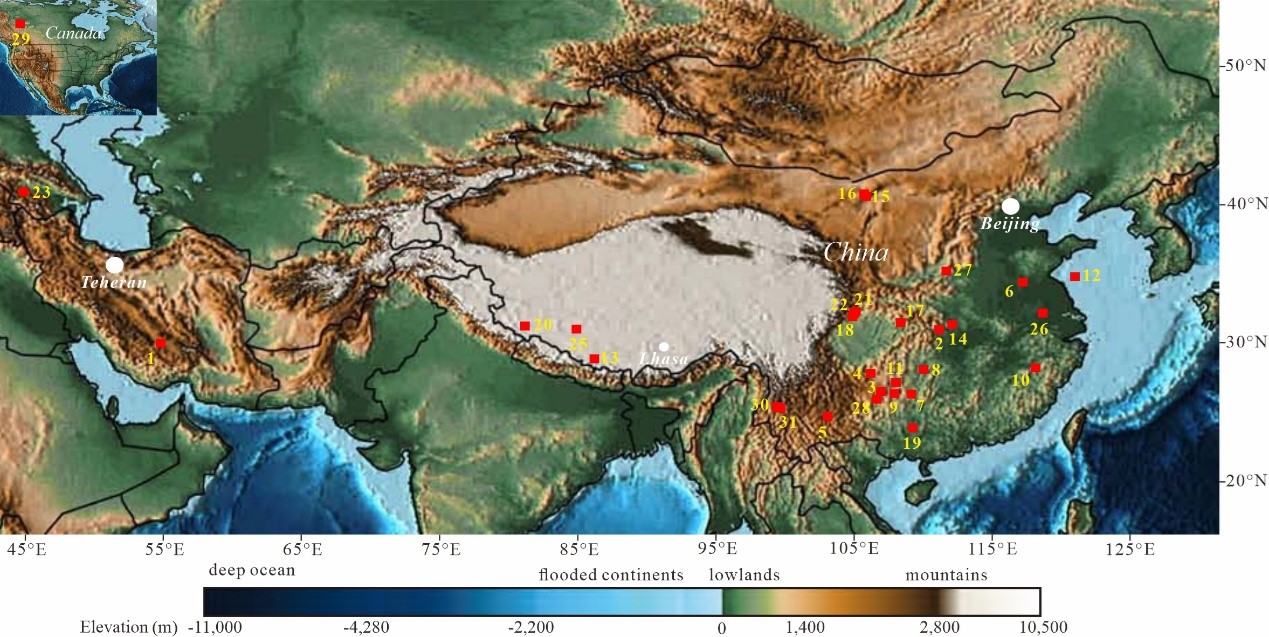China and adjacent regions, particularly the South China Block, preserve uniquely continuous and complete stratigraphic records spanning the paleo-equator within the Tethyan domain. This serves as a natural laboratory for studying Earth system changes during crucial turning points. The international journal Palaeogeography, Palaeoclimatology, Palaeoecology has recently published a virtual special issue titled "Biotic crises and environmental changes during the critical transitions from the late Neoproterozoic to the late Triassic in China and adjacent regions".
This issue focuses on major events like the Ediacaran-Cambrian biological radiation and the end-Permian mass extinction/recovery. It integrates cutting-edge multidisciplinary approaches (stratigraphy, geochemistry, palaeontology) to unravel the complex links between environmental upheavals and biological crises.
The issue, led by Professor ZHANG Hua from the Nanjing Institute of Geology and Palaeontology of the Chinese Academy of Sciences (NIGPAS) and co-edited with scholars from China University of Mining and Technology, Lorestan University (Iran), and Nanjing University, compiles 31 innovative studies (Fig. 1). It provides unprecedented insights into environmental changes and life's responses during critical transitions from the late Neoproterozoic to the late Triassic (~600-200 million years ago), including the Late Ordovician, end-Guadalupian, and end-Permian mass extinctions.
This issue highlights the complex interplay between environmental stressors (volcanism, anoxia, climate change) and biological resilience. It emphasizes the crucial role of regional factors like Tethyan palaeogeography and basin restriction in modulating global crises. These deep-time records provide vital analogues and scientific warnings for understanding how the modern biosphere might respond to rapid, human-driven environmental changes like global warming and ocean deoxygenation.
Financial support for this album came from the National Natural Science Foundation of China, National Key R&D Program of China, CAS Strategic Priority Research Program, and Jiangsu Provincial International S&T Cooperation Program.
Reference: Zhang, H., Yuan, D.-X., Arefifard, S., Wei, G.-Y., 2025. Editorial preface to special issue: Biotic crises and environmental changes during the critical transitions from the late Neoproterozoic to the late Triassic in China and adjacent regions. Palaeogeography, Palaeoclimatology, Palaeoecology, 113138. https://doi.org/10.1016/j.palaeo.2025.113138.

Fig. 1 Topographic map of China and adjacent regions showing the study sites/areas covered in this Virtual Special Issue (VSI)
Download:
